The environmental and meteorological conditions which produce tornadoes are unique. They occur more frequently during specific times of the year known informally as “tornado season.” During these periods, the conditions conducive to tornadoes occur more regularly, which make travel more dangerous through. So when is tornado season in different parts of the USA and around the world?
We’ll discuss in this article, and share some information about how and why tornadoes form, where tornadoes are most likely to occur, the states where they occur most often and more.
First let’s take a quick look at Tornadoes and the area in the USA where they occur most frequently. Then we’ll explain the specifics about when tornado season is in the US and elsewhere.
Some Quick Information About Tornadoes
A tornado is a violently whirling vortex of air extending from a thunderstorm to the Earth’s surface. Tornadoes can produce powerful winds, ranging between 65 mph to over 200 mph. These spinning columns of air often come with hail, dust, and debris. When they hit the ground, they can cause sizable damage to properties and infrastructure. Worse, they may result in injuries and loss of life.
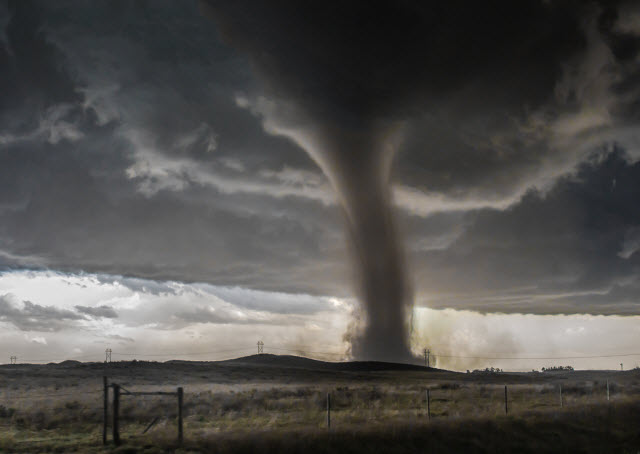
Tornadoes occur in many countries on every continent except Antarctica. However, the United States is a major tornado hotspot and experiences a higher amount of tornadoes than most other countries with more than a thousand tornadoes each year.
When is Tornado Season in the US?
Tornado season is the time of the year when tornado activity is at its peak. In the United States most tornadoes develop during spring and summer, but tornadoes can occur all year. The peak tornado season in the US is between the months of April and June. Tornadoes happen in almost every state in the US, but the region known as “Tornado Alley” gets the nation’s largest share of tornado occurrences.
Where Do Tornadoes Occur at Which Times
By the end of winter or around late February, tornadoes occur most frequently in the states near the Gulf Coast. At this time, tornadoes touch down within the Dixie Alley, another tornado-prone region in the US. This area is close to the Gulf Coast and stretches across the Mississippi Valley.
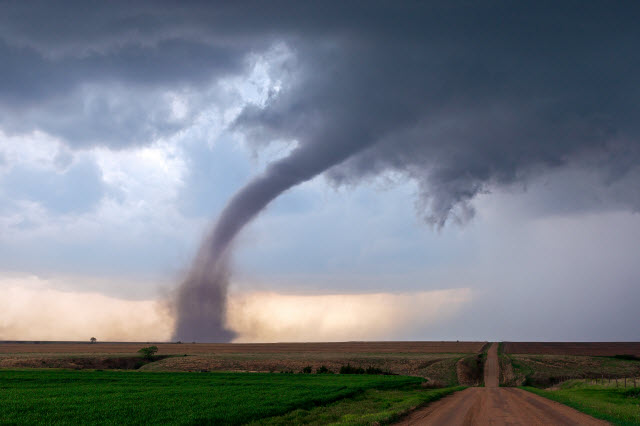
Dixie Alley includes eastern Texas and Arkansas and traverses across parts of Louisiana, Mississippi, Tennessee, Alabama, Georgia, Missouri, Kentucky, North Carolina, and South Carolina. Tornadoes in the Dixie Alley usually occur at night. Between that and the region’s rugged terrain, they’re very difficult to spot.
As spring approaches, tornado activity moves to the Atlantic states, peaking in April. Progressing into the summer, tornado activity then moves across the southern plains where the Tornado Alley is located.
| Related Posts |
|---|
What Time of Day do Tornadoes Occur?
Tornadoes can happen at all times of the day, but they’re more likely to occur in the mid-afternoon to late evening, usually between 3:00 to 9:00 PM. These are the warmest times of the day, which provide the lift needed for the development of severe thunderstorms.
Weak tornadoes typically occur between 5:00 PM to 6:00 PM. Stronger tornadoes happen between 6:00 PM to 7:00 PM.
Why Does Tornado Alley Attract So Many Tornadoes?
Tornado Alley gets so many tornadoes because the weather conditions in the area are favorable for tornado development. The conditions are:
- Increase in Wind Speed – Most of the terrain in Tornado Alley is flat and dry land. This type of terrain makes it easy for tornadoes to form and pick up speed.
- Competing Air Masses – In the spring and summer, Tornado Alley often attracts a mix of warm, moist air from the Gulf of Mexico and cool, dry air from Canada. When these air masses intersect, they can produce supercell thunderstorms, which can form tornadoes.
- Atmospheric Instability – The atmosphere is considered unstable if air is warmer than its surrounding environment. When this happens, warm air will rise like a hot air balloon. The more unstable the atmosphere is, the more clouds are likely to form, which have the potential for creating thunderstorms.
We have an in depth article explaining exactly how tornadoes form which you may be interested in if you’d like to learn more about the formation of these powerful storms.
Where is Tornado Alley?
Tornado Alley, while not a geographically defined region, is a colloquial term used by the media to describe the area in the United States where the most violent tornadoes frequently occur.
The term was coined by US Air Force meteorologists Major Ernest J. Fawbush and Captain Robert C. Miller in their 1952 study of weather events in Texas, Colorado, and Nebraska. Other scientists and researchers call the same area the Great Plains tornado belt, while climatologists and storm chasers also recognize that tornadoes are prevalent in the area.
The nickname Tornado Alley gained more media traction when it became a headline of a 1957 New York Times article on recent tornado activity in the country.
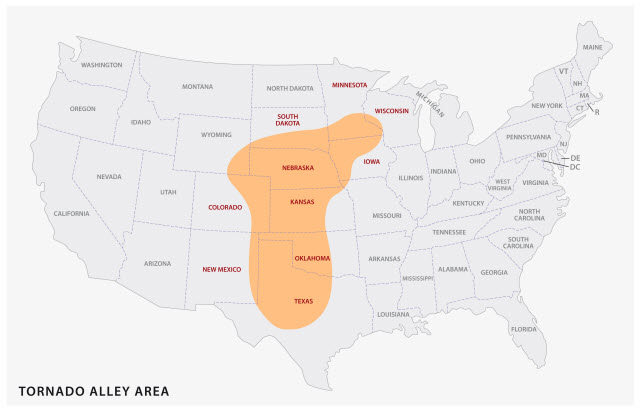
The exact boundaries of Tornado Alley are not clearly defined, as they vary according to the frequency, intensity, and events per unit area. But generally, the area spans across the south-central United States, between the Rocky Mountains and the Appalachian Mountains.
The states that make up Tornado Alley primarily include:
- Texas
- Oklahoma
- Kansas
- Colorado
- Nebraska
- South Dakota
Among these states, Texas, Kansas, and Oklahoma experience the most tornado activity.
Secondary areas that can have increased tornado activity are:
- Minnesota
- Wisconsin
- Illinois
- Indiana
- Ohio
- Missouri
- North Dakota
While they’re less likely to have as many, or as large tornadoes, it’s not at all unusual to have increased activity during tornado season in these locations.
Which States Have the Most Tornadoes?
Based on the report of the National Oceanic and Atmospheric Administration (NOAA), an average of 1,253 tornadoes hit the United States each year. The data is based on tornado occurrences within a 20-year period from 1991 to 2010.
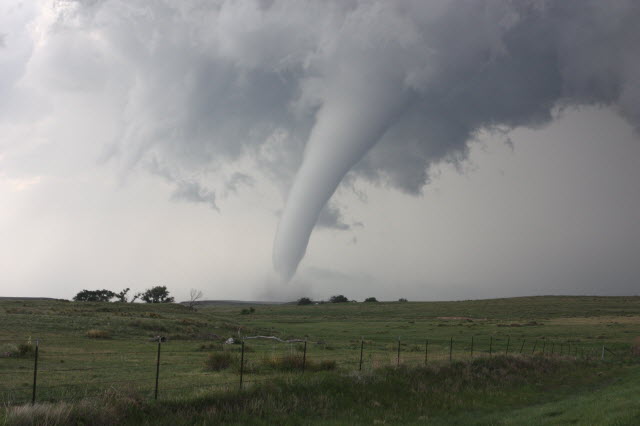
Below is a table with the top 10 US states with the highest average number of tornadoes recorded. After you read it, keep scrolling for some interesting information about tornadoes that affected each of these 10 states.
| State | Average Number of Tornadoes per Year |
|---|---|
| Texas | 155 |
| Kansas | 96 |
| Florida | 66 |
| Nebraska | 57 |
| Illinois | 54 |
| Colorado | 53 |
| Iowa | 51 |
| Minnesota | 45 |
| Missouri | 45 |
| Alabama | 44 |
Now let’s take a closer look at the details of tornadoes in each of these 10 states:
1. Texas -155 tornadoes on average
Considered as the Tornado Capital in the US, Texas is Tornado Alley’s largest state and the furthest south. This may explain why it experiences the most tornado activity than any other state within the region. Texas is largely flat land and has a very high temperature at day time. Wind speed also consistently changes in the area. These conditions make Texas the perfect location for thunderstorm and tornado formation.
- Tornadoes occur most frequently in the Red River Valley of North Texas.
- Tornadoes occur between 4:00 PM and 8:00 PM.
- The greatest number of tornadoes that hit Texas in a single year is 232, which was in 1967.
- 1953 was the year hit by one of the worst tornadoes leaving a death toll of 144 and 597 injured.
- A total of 8,007 funnel clouds occurred between 1951 and 2011.
- The last EF-5 tornado that hit the state was in May 1997.
2. Kansas – 96 tornadoes on average
The Sunflower State, also known as the Heartland of America, ranks second nationally in the average number of tornadoes per year. Just like Texas, a large part of Kansas is open plains and crop fields, which makes it prone to thunderstorms and tornado outbreaks, especially in May.
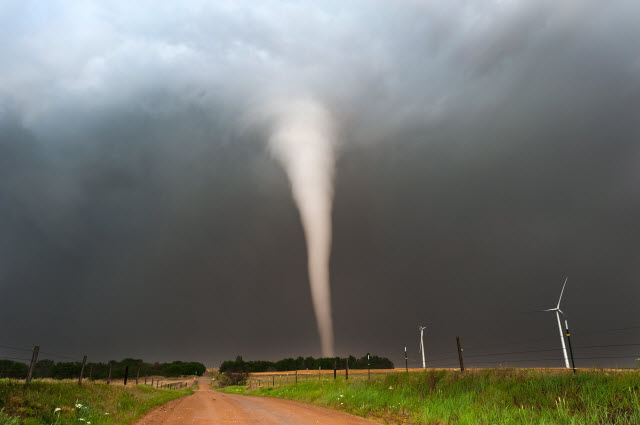
- The area with the highest risk of tornado occurrence is Edwards County.
- The Udall tornado, the worst tornado that hit Kansas, happened in 1955 with 80 fatalities and 173 injuries.
- Based on records, F5 tornadoes have struck Kansas since May 1895.
3. Florida – 66 tornadoes on average
Tornado season in Florida occurs in summer (June to September) when strong sea breeze collisions and tropical cyclones hit the state, and in spring (February to May) when supercells form along with a squall. Supercell tornadoes can also form during the winter months.
- Florida’s deadliest tornado touched down in February 1998, known as the Kissimmee Tornado.
- Two of the strongest tornadoes (1958 and 1966) produced F4 damage. Both occurred in Polk County.
- The coast between Tampa Bay and Fort Myers is a tornado hot spot.
4. Nebraska – 57 tornadoes on average
Most tornadoes in Nebraska occur in spring and early summer, forming from dry lines that separate warm, moist air from cold air. Tornadoes typically strike in the afternoon or early evening when the dry lines move eastward.
- Of all the tornadoes that struck Nebraska, only one killed more than a hundred people. This happened in 1953 in Omaha.
- The year with the highest identified number of tornadoes was in 2004, with a total of 111. Among them is the F4 tornado that hit and destroyed 95% of Hallam, NE.
- All counties have been hit by tornadoes.
5. Illinois – 54 tornadoes on average
Illinois is the most populous state in Tornado Alley, which makes it rank high in terms of tornado damage, deaths, and injuries. The peak tornado season in Illinois is between March and May. 63% of the year’s tornadoes occur within this period.
- Illinois is included in the states affected by the 1925 Tri-State Tornado, the deadliest tornado in US history. It left 613 deaths in Illinois.
- Central and Southeast Illinois are most vulnerable to tornado formation.
- Cook County has the highest tornado activity in recent years with 38 identified tornadoes.
6. Colorado – 53 tornadoes on average
Besides heavy snow, Colorado is no stranger to severe weather conditions such as tornadoes. Tornado activity in Colorado hits its peak during May and June.
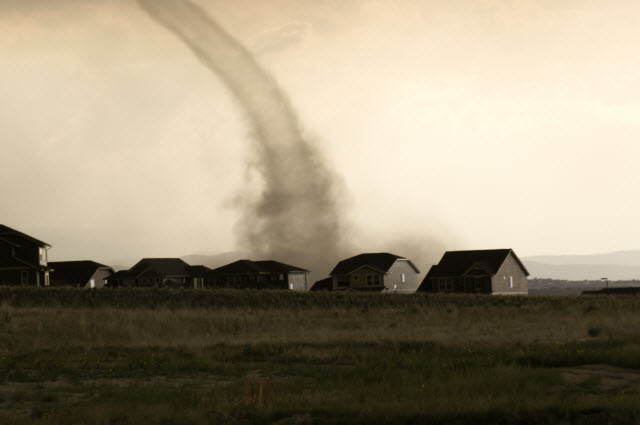
- June is the month with the highest number of tornadoes, experiencing around 700 tornadoes.
- Weld County and Adams County are the two counties that have seen the most tornadoes.
- The strongest tornado that hit Colorado was an EF-4 tornado, which landed in 1977.
- While rare, tornadoes have been spotted on the state’s Western Slope and high-altitude areas.
7. Iowa – 51 tornadoes on average
Just like other states, tornadoes can occur in Iowa at any month of the year. However, most tornado occurrences are identified during the spring and summer months.
- The strongest twister, an F5 tornado, hit Charles City, Oelwein, and Maynard in 1968, resulting in 18 deaths and 606 injuries.
- Since 2010, most tornadoes in Iowa were categorized as F0 or F1.
- In May 2019, an EF-2 tornado hit Adair, Iowa in the middle of the night.
8. Minnesota – 45 tornadoes on average
Minnesota is on the northern ridge of Tornado Alley. In this state, the threat of tornadoes is highest during May, June, and July where three-quarters of all tornadoes touch down.
- Based on records, 2006 was the year with the most tornadoes, seeing a total of 102.
- June 2010 has the highest number of tornadoes that hit the state in one day, totaling 48.
- There are no recorded tornadoes in December, January, and February.
- The deadliest tornado that hit Minnesota was in April 1886. It landed on St. Cloud and Sauk Rapids, where 72 people were killed and 213 injured.
9. Missouri – 45 tornadoes on average
In Missouri, the peak tornado season is April and May. However, the most destructive tornadoes occurred in winter and autumn.
- Missouri, together with Illinois and Indiana, experienced the deadliest tornado in US history in 1925 (Tri-State Tornado).
- Besides the Tri-State Tornado, Missouri accounts for five of the deadliest tornadoes that struck the US. These tornadoes took place in Joplin (2011), St. Louis (1927 & 1896), Poplar Bluff (1927), and Marshfield (1880).
- In May 2011, the EF5 tornado that hit Joplin affected an estimate of 17,000 people, 161 fatalities, and over 1,000 injured.
- Missouri has seen the highest number of tornadoes in 2006, where 102 tornadoes hit the state.
10. Alabama – 44 tornadoes on average
Alabama is in the heart of Dixie Alley, and it experiences the highest tornado activity during March, April, and May. Tornadoes also occur in November and December.
- In 1973, the longest track for a single tornado recorded in Alabama reached 139.1 miles. This was from an EF-4 tornado that affected the Marengo, Cleburne, Greensboro, Hale, Brent, and Bibb Counties.
- Alabama was part of the Tornado Outbreak that happened in 1974, where an EF-5 tornado devastated Guin, Marion County and left 86 people dead.
- April 2011 holds the highest number of tornadoes in a single month where a 107 tornadoes landed on the state.
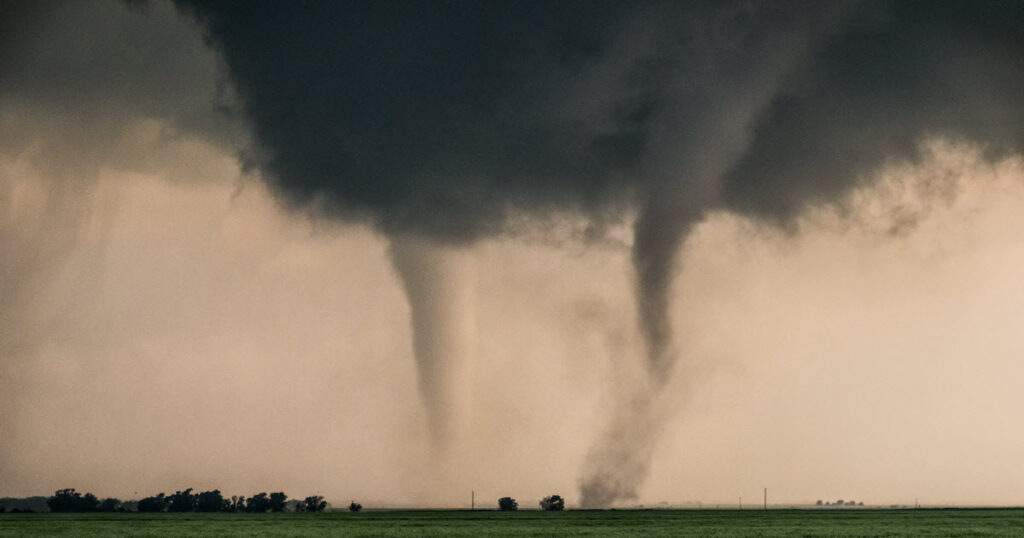
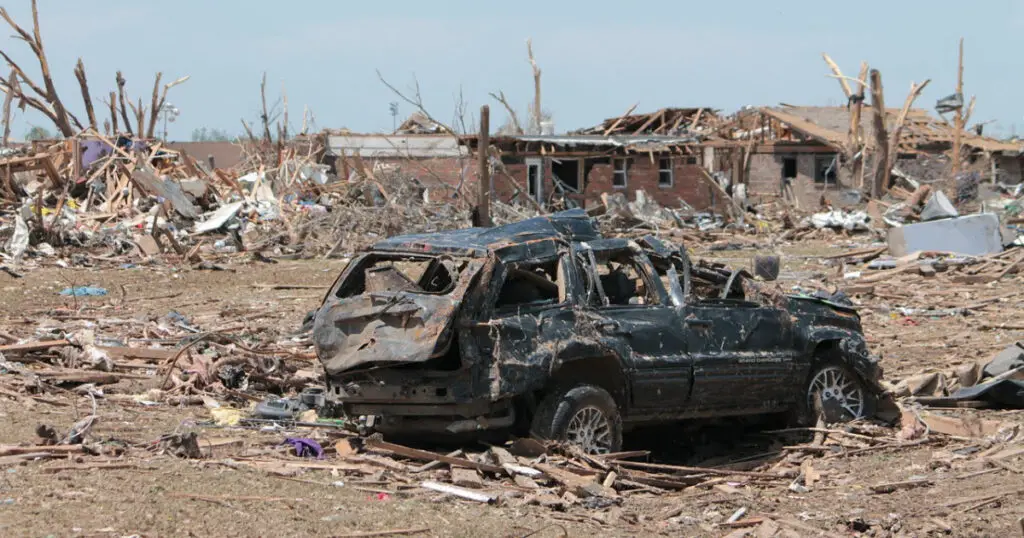
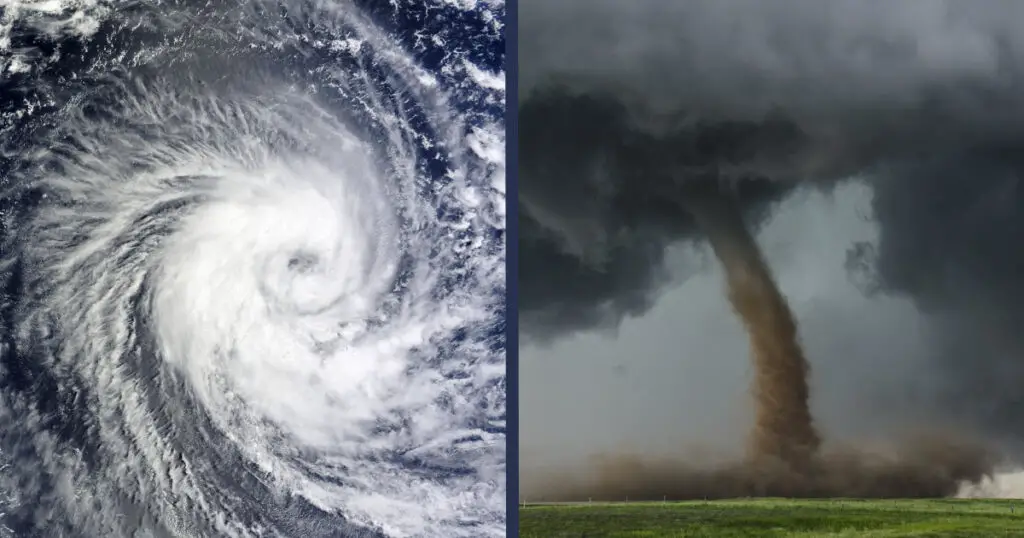
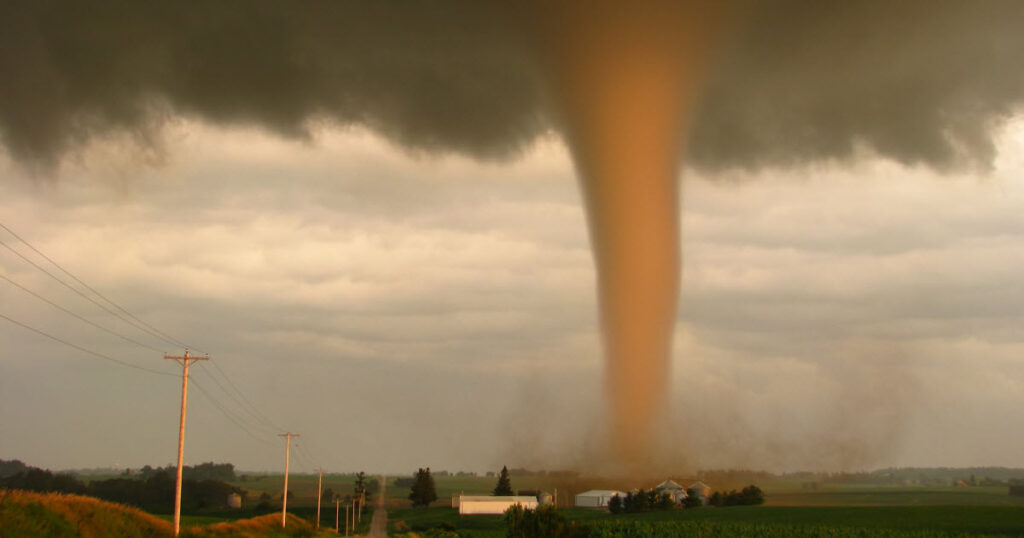
The tornadoes that just hit Kentucky 12/10/21 seem to be out of left field considering the the type of temperature differentials of colder air overriding warmer air to create them and the cold weather season we have now!